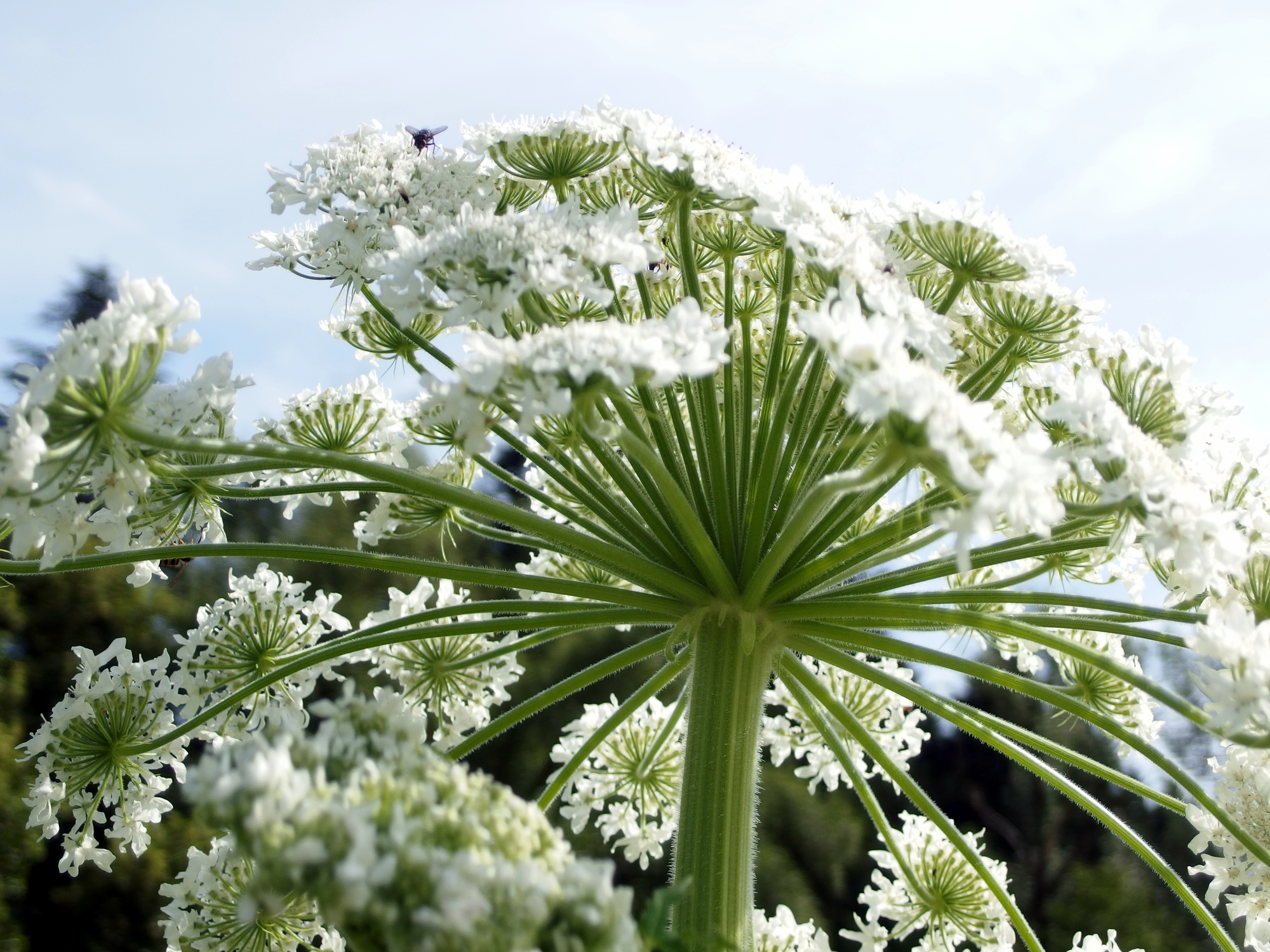
Have you heard of giant hogweed? The botanical name of this plant is Heracleum mantegazzianum, and this very tall plant can do some serious damage to your skin. Coming into contact with it causes severe, painful burns that can result in permanent scarring and photosensitivity, i.e. sensitivity to the sun.
Recent warm and wet weather is reported to has caused giant hogweed to spread all over the UK, so it's important to learn to identify this plant and know how to get rid of it safely if you find it in your garden.
Find more garden ideas at our hub page.
- Are you designing a garden from scratch? We can help!
How to identify giant hogweed
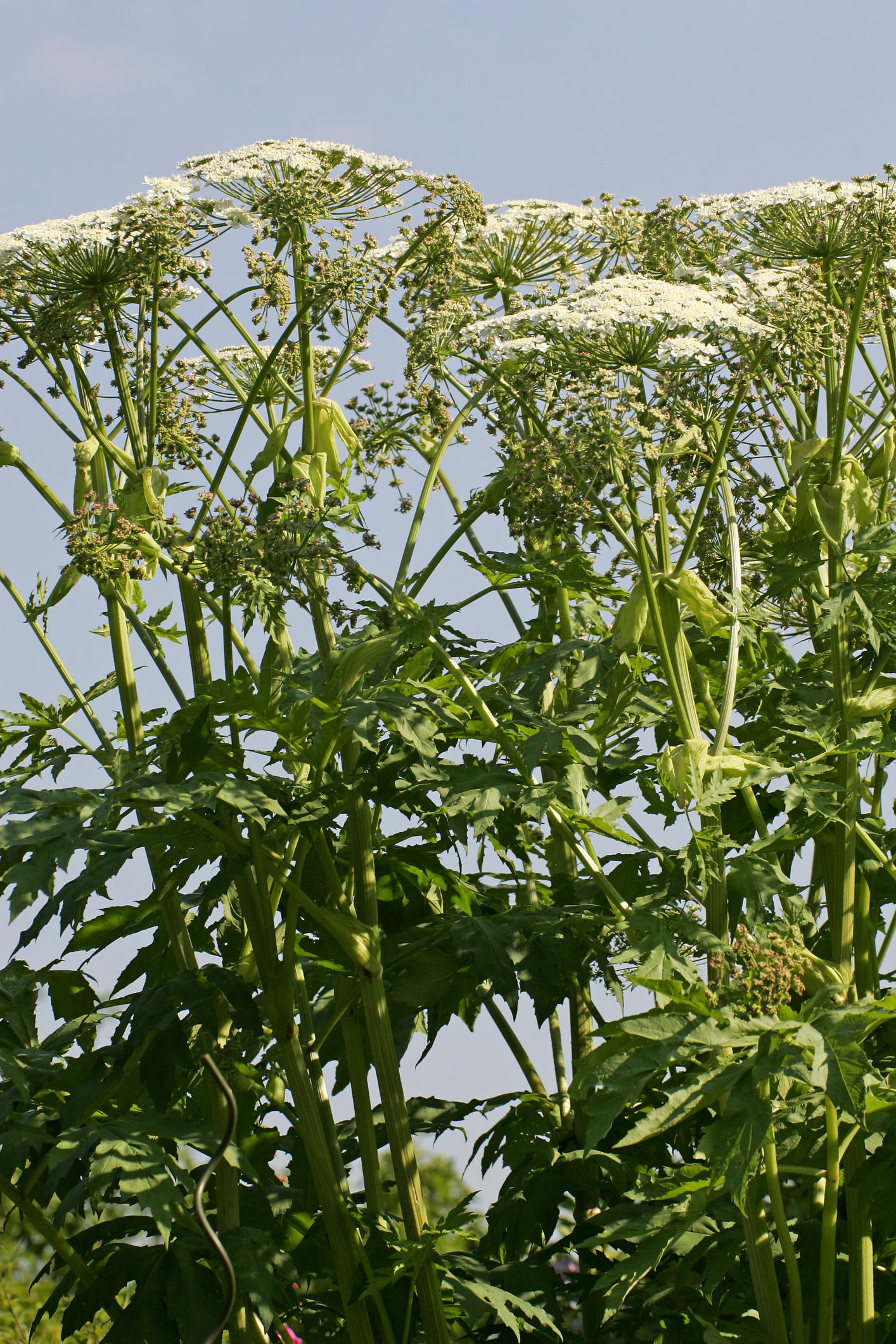
Giant hogweed is sometimes mistaken for cow parsley hemlock, or angelica: like both of those plants, it forms umbrella-shaped clusters of white flowers in the summer. The main differences are the size – giant hogweed grows as tall as 16 feet, as opposed to six feet for cow parsley – and the stems. The stems of the giant hogweed plant have purple blotches and white hairs on them. The flower clusters are also much larger than in cow parsley: as large as two feet across.
Having said that, giant hogweed doesn't usually flower in its first year, making it difficult to detect when it's a young sapling. The best way to identify this plant while it's young is to watch for sharply incised compound leaves and the purple stems with white hairs.
Where is giant hogweed found in the UK?
Giant hogweed has been spotted all over in the UK, from Scotland to London. It typically grows along river banks and ravines, as well as heathland. If your garden is adjacent to this type of terrain, you may well find giant hogweed in your garden. You can see the distribution of giant hogweed in the UK at Plant Tracker.
How to get rid of giant hogweed
Because of the risk this plant poses, you must approach it with great caution. If you've identified giant hogweed in your garden, you will need to be fully clothed, wear gloves, a mask and glasses (it can damage your face and eyes) during removal, and wash all clothing immediately after.
Join our newsletter
Get small space home decor ideas, celeb inspiration, DIY tips and more, straight to your inbox!
Giant hogweed is a resilient plant and cannot be eradicated by just cutting it down. You must destroy its root either by digging it up, breaking it up with a spade or sharp trowel, or pouring strong weed killer over the root.
Do not attempt to tackle giant hogweed that's come into bloom: a single flower stem can carry as many as 5,000 seeds that will spread everywhere when the plant falls. If you've found a giant hogweed that's blooming in your garden, call the environmental service of your council.
If you've managed to remove a plant that isn't blooming, there are very strict rules for its disposal. You can't dispose of it by putting it in your bin or garden waste. Either call your council or burn the plant in your garden.
More garden advice:
- Common plant diseases and how to treat them
- How to start an organic garden
- How to grow your own produce
Anna is a professional writer with many years of experience. She has a passion for contemporary home decor and gardening. She covers a range of topics, from practical advice to interior and garden design.
-
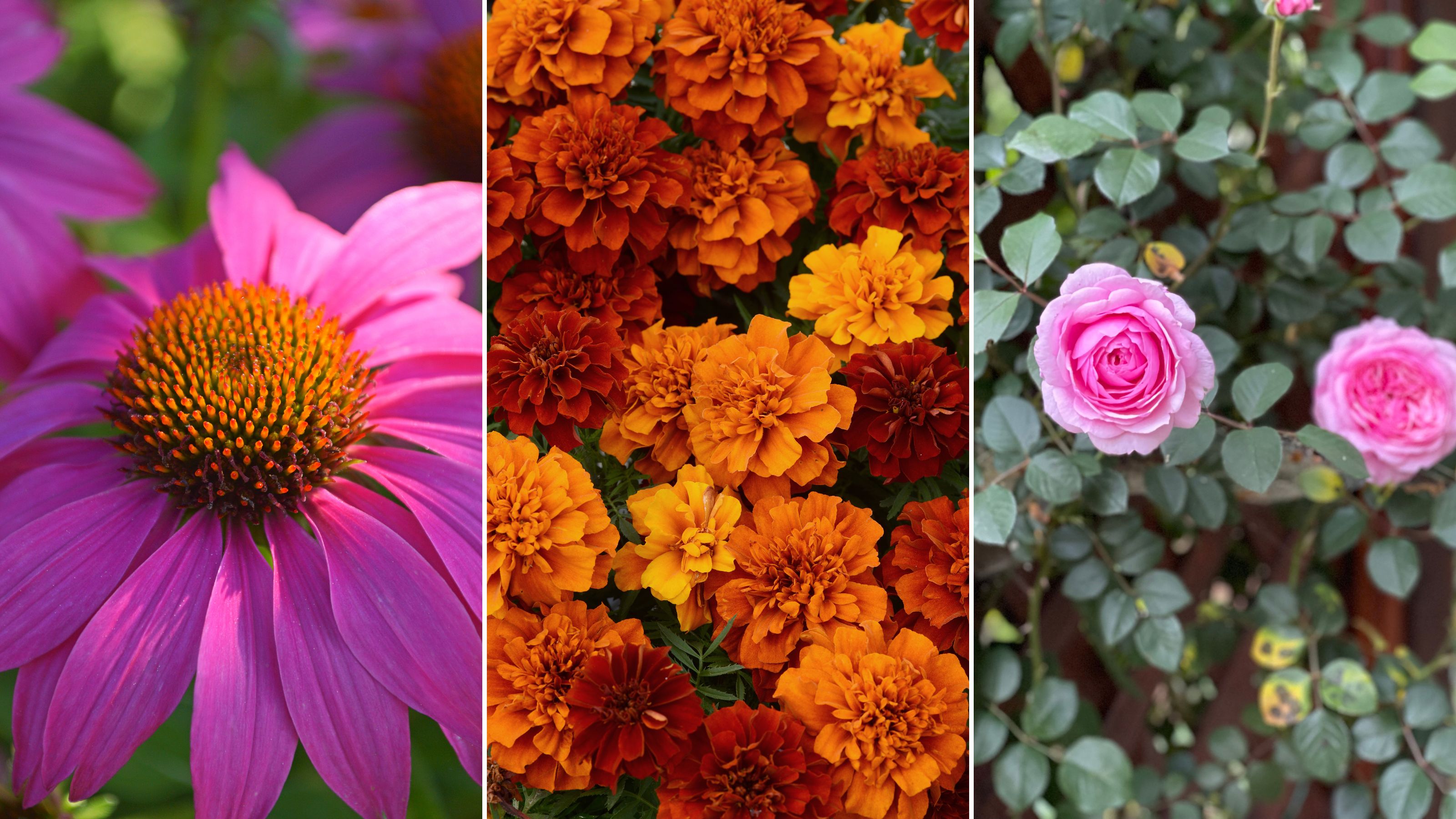 The 7 flowers to plant in August, according to gardening gurus
The 7 flowers to plant in August, according to gardening gurusKnowing what flowers to plant in August isn't always so clear-cut. But that's why we called in help from pro planters — here's what they said to pot.
By Becks Shepherd Published
-
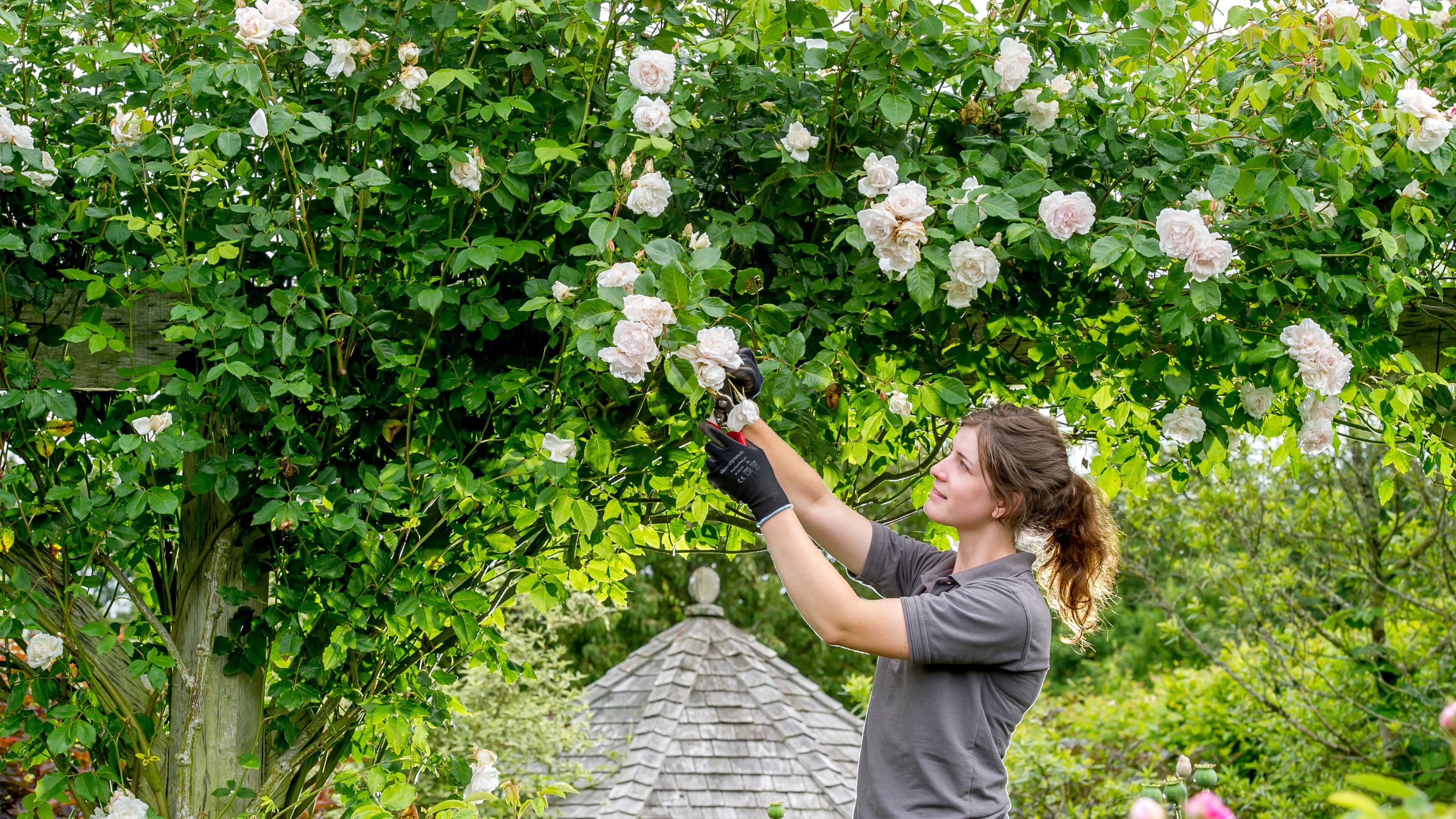 The 7 plants to prune in August — and the 2 pieces of greenery you shouldn't touch
The 7 plants to prune in August — and the 2 pieces of greenery you shouldn't touchWondering what plants to prune in August? We asked a gardening expert for their top tips plus info on what pieces of greenery to avoid pruning this month
By Becks Shepherd Published
-
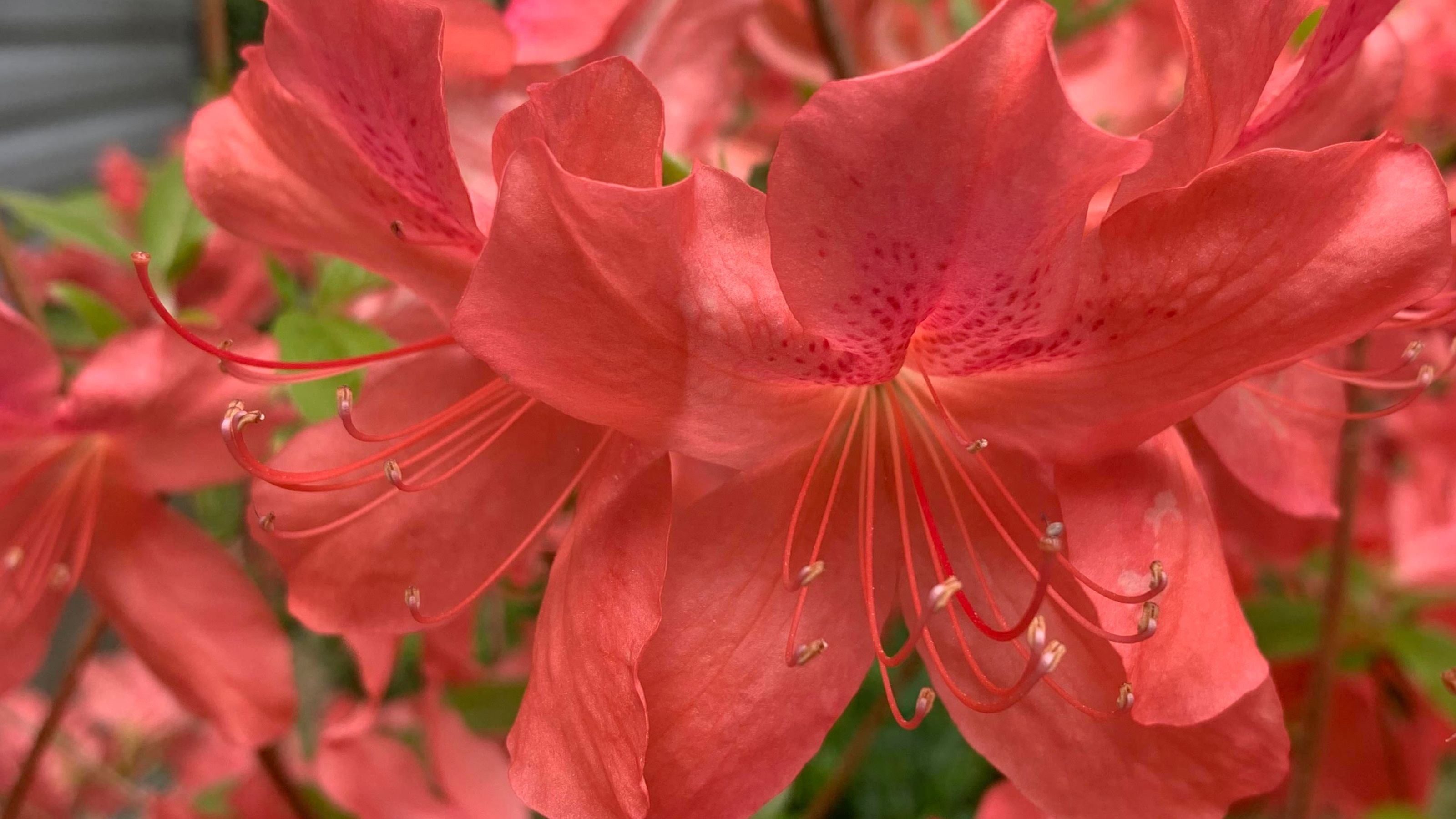 Do you need to deadhead azaleas? Top tips for pruning these flowering shrubs
Do you need to deadhead azaleas? Top tips for pruning these flowering shrubsWondering whether you need to deadhead azaleas? We asked a gardening expert for their top tips for looking after these blooms
By Becks Shepherd Published
-
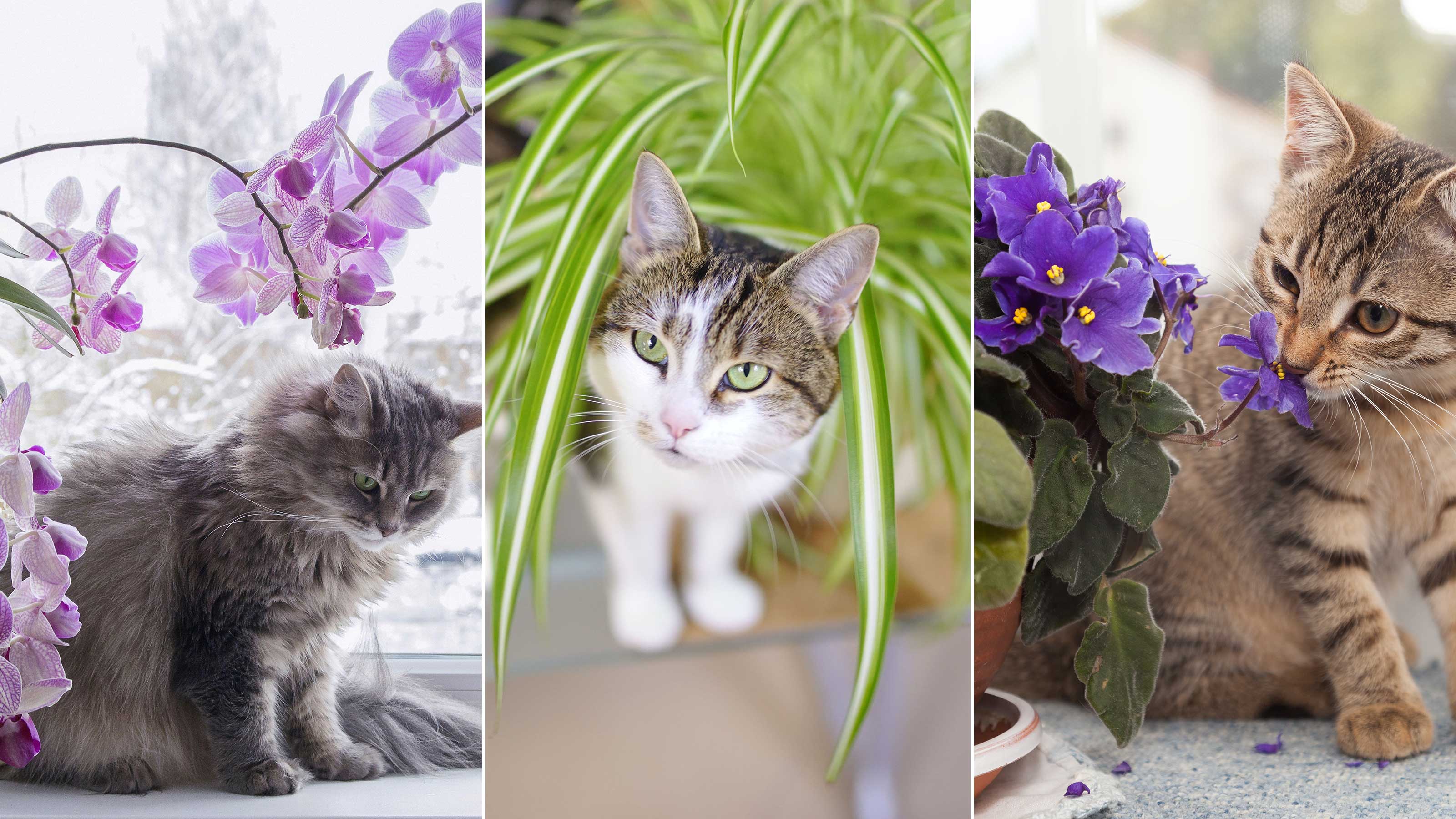 10 houseplants that are not toxic to cats — plus expert advice on keeping your pets safe
10 houseplants that are not toxic to cats — plus expert advice on keeping your pets safeKeep your four-legged companion safe by choosing these houseplants that are not toxic to cats, and learning the dangers of those that are, according to veterinary experts
By Holly Crossley Published
-
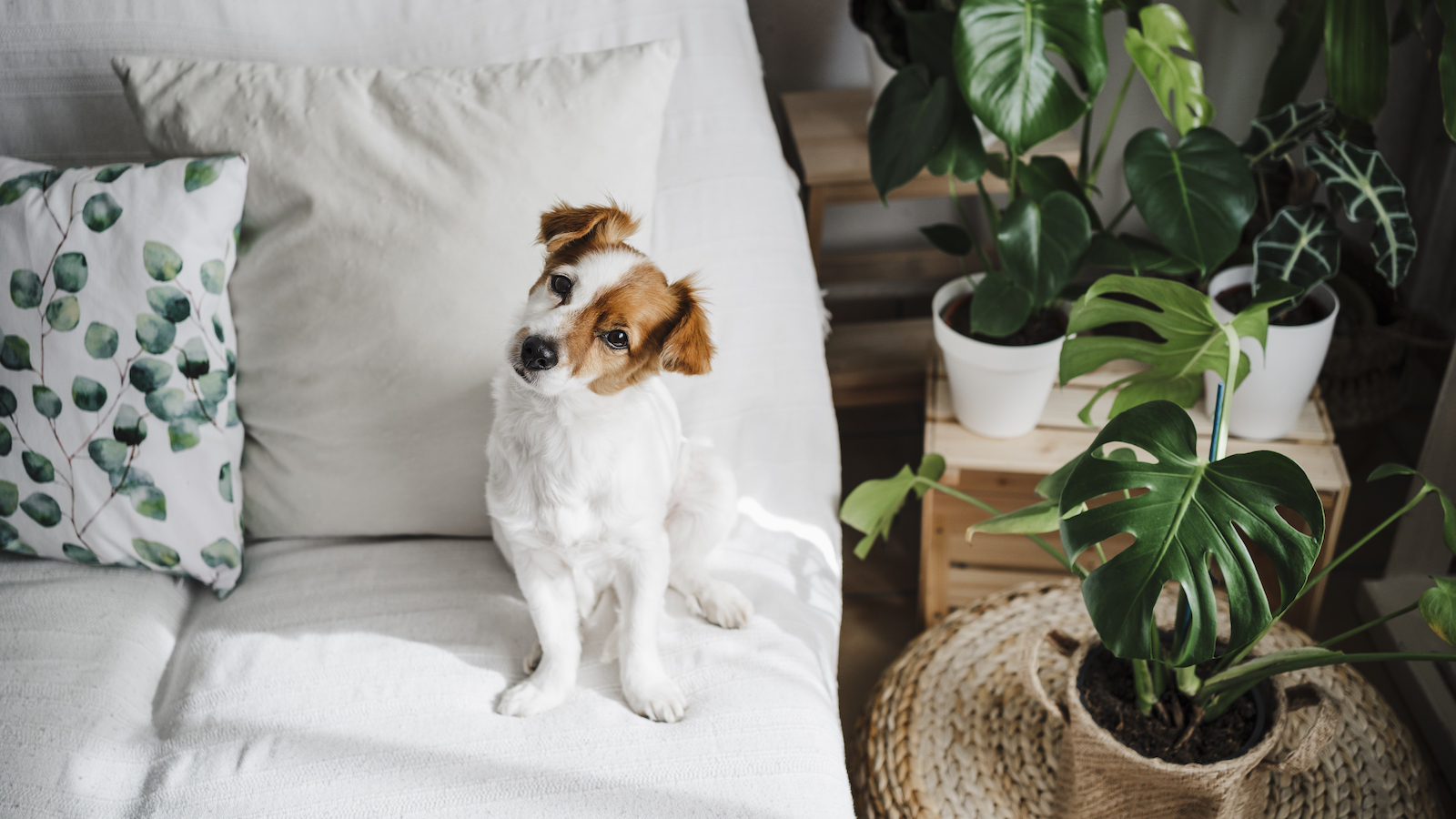 Which houseplants are toxic to dogs? Vet experts pinpoint problem plants and solutions
Which houseplants are toxic to dogs? Vet experts pinpoint problem plants and solutionsWondering Which houseplants are toxic to dogs? We spoke to vets about the problematic leafy greens, what they trigger in dogs, and how to find a solution
By Danielle Valente Published
-
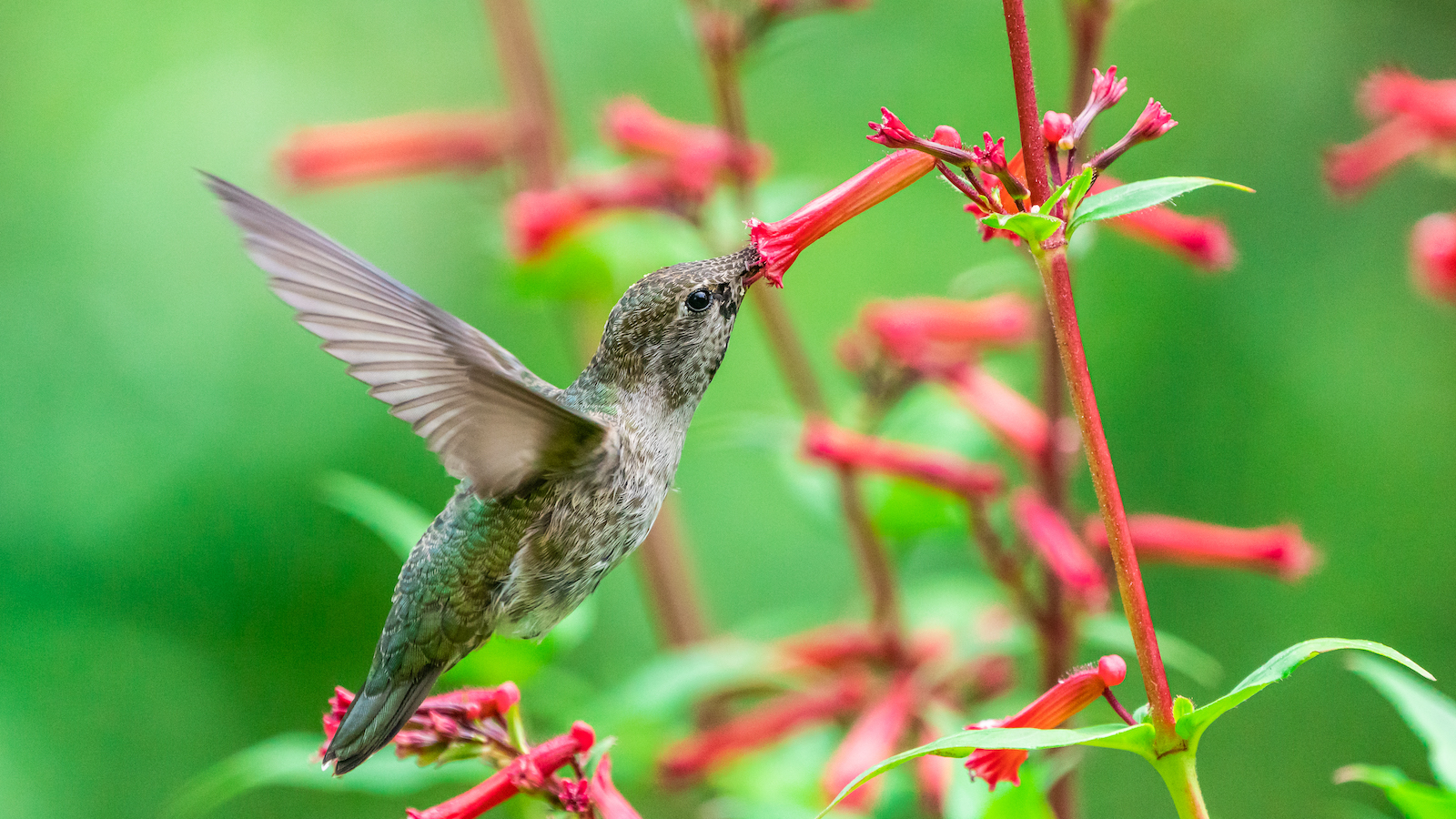 How to attract hummingbirds to your backyard, according to ornithologists
How to attract hummingbirds to your backyard, according to ornithologistsTrying to figure out How to attract hummingbirds to your backyard? These ornithologist-backed tips will guarantee you visitors in no time
By Danielle Valente Published
-
 Does hydrangea bloom every year? Pros spill the dirt on the "garden favorite" and when to expect it
Does hydrangea bloom every year? Pros spill the dirt on the "garden favorite" and when to expect itWondering, "Does hydrangea bloom every year"? We asked the pros all about the garden favorite and how often to expect them — here's the dirt.
By Danielle Valente Published
-
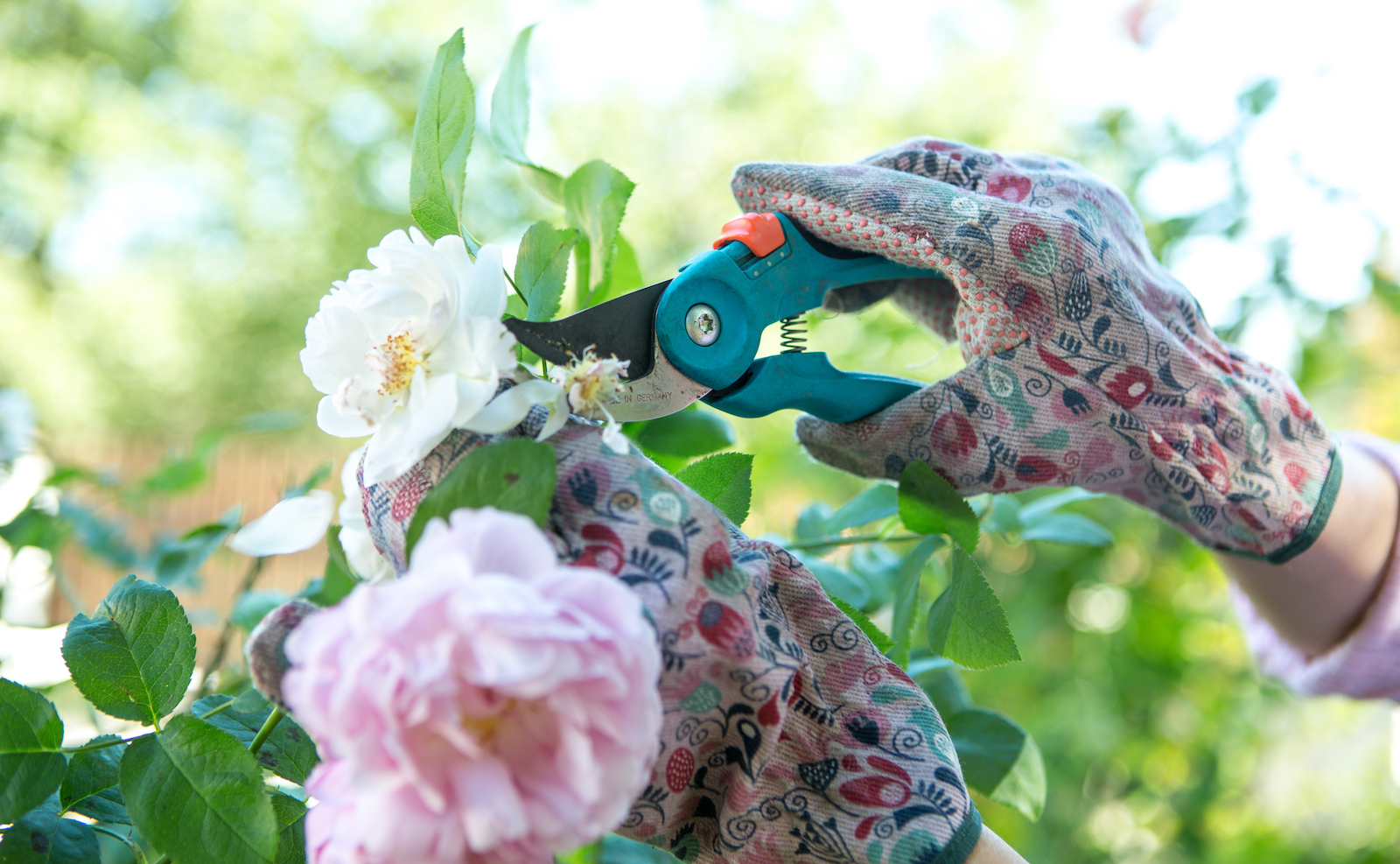 What to prune in spring — experts reveal how to get a lush, full garden
What to prune in spring — experts reveal how to get a lush, full gardenCurious what to prune in spring? We asked gardening experts for their top tips for a luscious, thriving garden
By Danielle Valente Published